
漢德百科全書 | 汉德百科全书
 Chinese Academy of Science
Chinese Academy of Science

 Chinese Academy of Science
Chinese Academy of Science
 State Key Laboratory of Plant Genomics Institute of Genetics and Developmental Biology Institute of
State Key Laboratory of Plant Genomics Institute of Genetics and Developmental Biology Institute of



 Chinese Academy of Science
Chinese Academy of Science
 State Key Laboratory of Desert and Oasis Ecology
State Key Laboratory of Desert and Oasis Ecology
 Xinjiang Uygur Zizhiqu-XJ
Xinjiang Uygur Zizhiqu-XJ


 Chinese Academy of Science
Chinese Academy of Science
 State Key Laboratory of Plant Genomics Institute of Genetics and Developmental Biology Institute of
State Key Laboratory of Plant Genomics Institute of Genetics and Developmental Biology Institute of

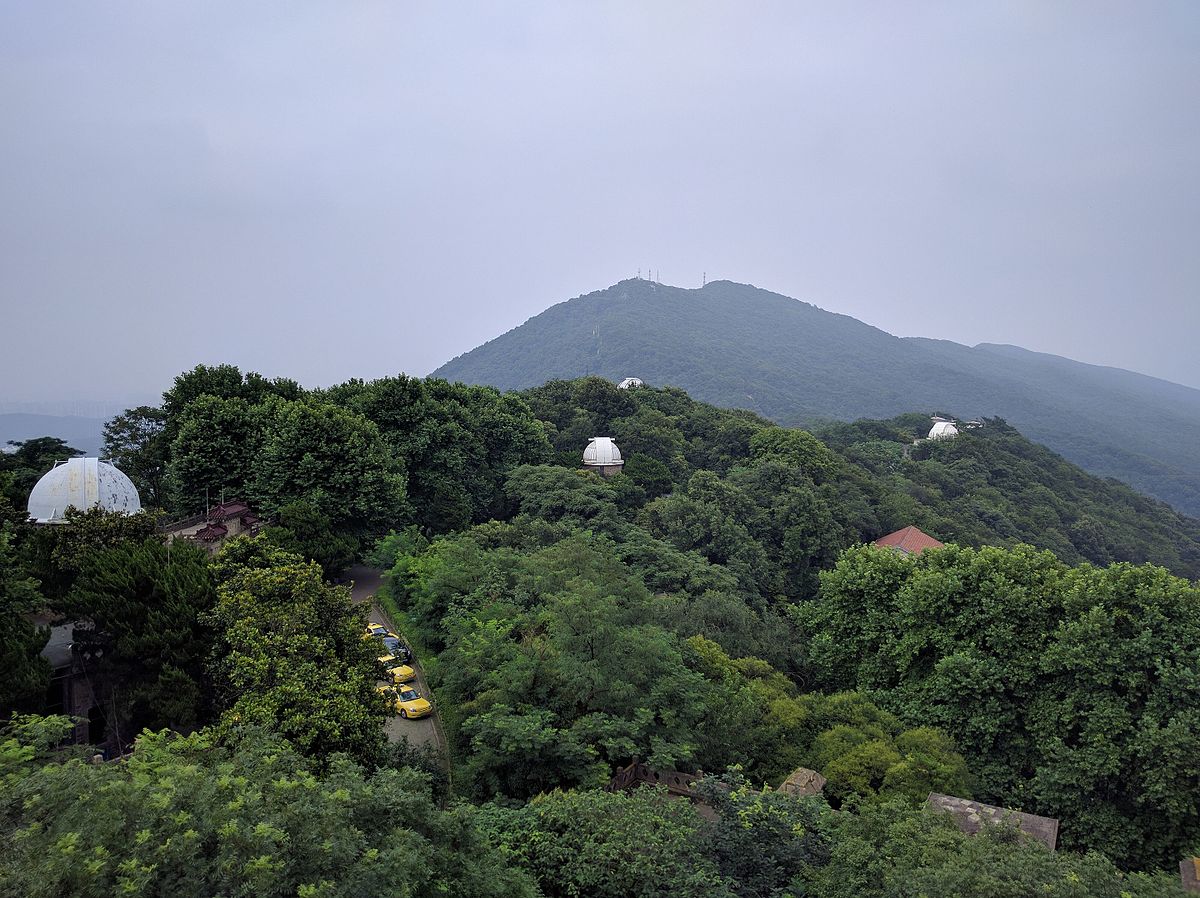
Das Purple-Mountain-Observatorium (chin. 紫金山天文台, Zĭjīnshān Tiānwéntái) ist eine Sternwarte nahe der Stadt Nanjing in der Volksrepublik China. Das Observatorium liegt im östlichen Randgebiet der Stadt auf einer Hügelkuppe im Westen der Purpurberge in einer Höhe von 267 m über dem Meeresspiegel.
Der Bau der Sternwarte begann 1929. Fünf Jahre später, 1934, wurde der Beobachtungsbetrieb aufgenommen. Heute ist sie ein modernes astronomisches Observatorium, das der Chinesischen Akademie der Wissenschaften unterstellt ist.
Am Purple-Mountain-Observatorium wurden drei Kometen entdeckt, darunter der periodische 60P/Tsuchinshan. Zu den Entdeckungen zählen darüber hinaus 147 Asteroiden, unter anderem die Trojaner (2223) Sarpedon, (2363) Cebriones und (2456) Palamedes, sowie ferner auch der nach der Warte benannte (3494) Purple Mountain.
(Quelle:Wikipedia)

 *Double First-rate
*Double First-rate
 A-class
A-class
 *Double First-rate
*Double First-rate
 Fachlicher orientierter Aufbau
Fachlicher orientierter Aufbau
 Anhui Sheng-AH
Anhui Sheng-AH

 Education and Research
Education and Research

 Education and Research
Education and Research
 China
China
 Chinese Academy of Science
Chinese Academy of Science
 State key laboratory
State key laboratory
 State Key Laboratory of Fire Science
State Key Laboratory of Fire Science
 State Key Laboratory of Nuclear Detection and Nuclear Electronics
State Key Laboratory of Nuclear Detection and Nuclear Electronics

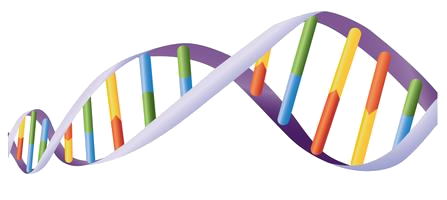 Science and technology
Science and technology
 *World famous research institutions
*World famous research institutions
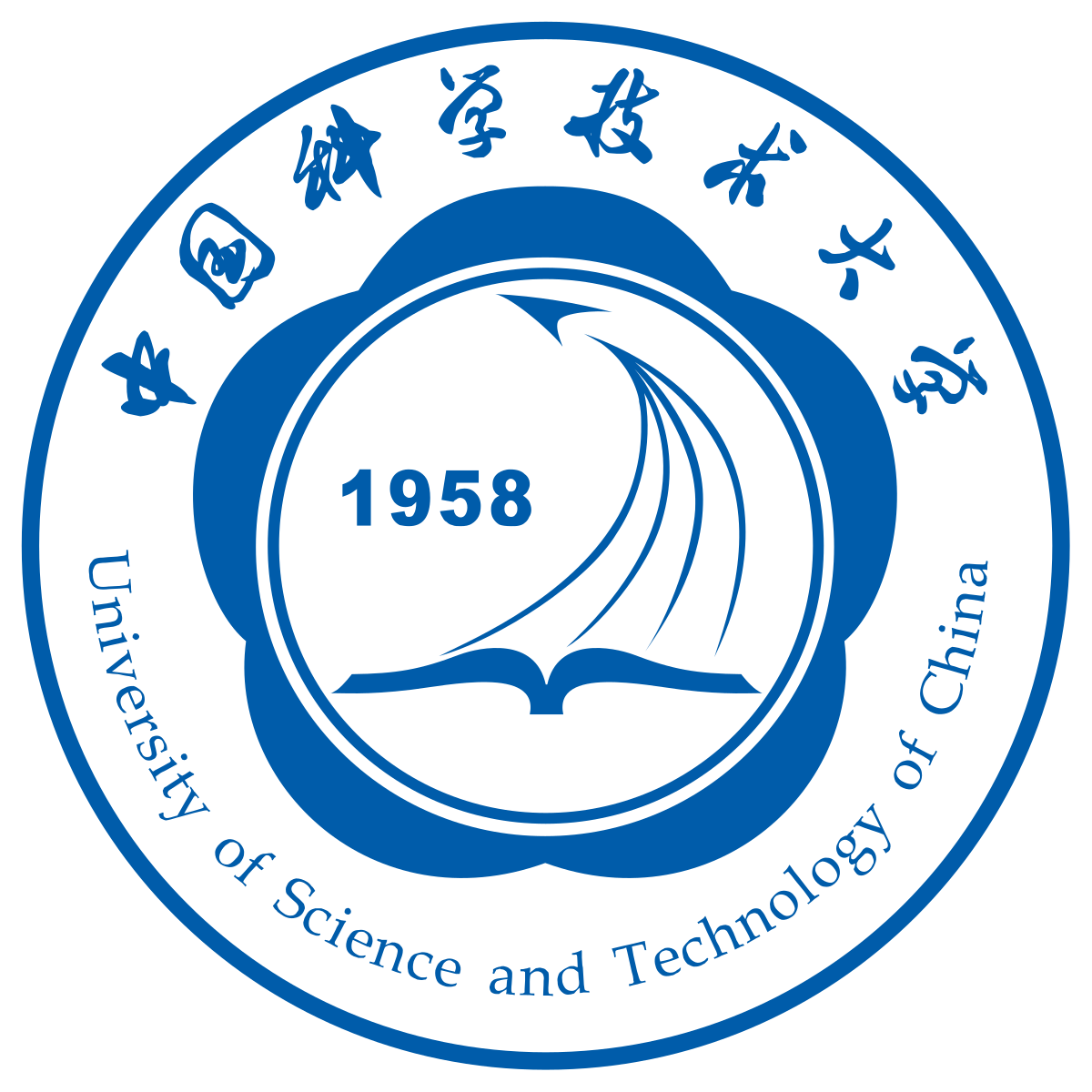
Die Chinesische Universität der Wissenschaften und Technik, (chin. 中国科学技术大学, en. University of Science & Technology of China (USTC) ist eine Hochschule in der Volksrepublik China.
Die USTC wurde 1958 von der Chinesischen Akademie der Wissenschaften (Academia sinica) gegründet. Sie gilt als eine der Topuniversitäten Chinas und gehört zu den Universitäten des Projekts 211. An der Hochschule mit Sitz in Hefei studieren an neun Fakultäten und 23 Fachbereichen ca. 16.000 Studenten die von ca. 1100 Professoren und Dozenten betreut werden.
 *Chinese think tanks
*Chinese think tanks
 Anhui Sheng-AH
Anhui Sheng-AH
 Beijing Shi-BJ
Beijing Shi-BJ

 Education and Research
Education and Research

 Education and Research
Education and Research
 State key laboratory
State key laboratory
 Breakthrough Prize
Breakthrough Prize
 Fundamental Physics Breakthrough Prize
Fundamental Physics Breakthrough Prize
 China
China
 Chinese Academy of Science
Chinese Academy of Science
 Gansu Sheng-GS
Gansu Sheng-GS
 Guangdong Sheng-GD
Guangdong Sheng-GD
 Hubei Sheng-HB
Hubei Sheng-HB
 Jiangsu Sheng-JS
Jiangsu Sheng-JS
 Jilin Sheng-JL
Jilin Sheng-JL
 Liaoning Sheng-LN
Liaoning Sheng-LN
 National Key Laboratory of Plant Molecular Genetics
National Key Laboratory of Plant Molecular Genetics

 Party and government
Party and government
 Shaanxi Sheng-SN
Shaanxi Sheng-SN
 Shanghai Shi-SH
Shanghai Shi-SH
 Sichuan Sheng-SC
Sichuan Sheng-SC
 State key laboratory
State key laboratory
 State Key Laboratory for Superlattices and Microstructures
State Key Laboratory for Superlattices and Microstructures
 State Key Laboratory of Applied Optics
State Key Laboratory of Applied Optics
 State Key Laboratory of Biomembrane and Membrane Biotechnology
State Key Laboratory of Biomembrane and Membrane Biotechnology
 State Key Laboratory of Bioorganic and Natural Products Chemistry
State Key Laboratory of Bioorganic and Natural Products Chemistry
 State Key Laboratory of Catalysis
State Key Laboratory of Catalysis
 State Key Laboratory of Cell Biology
State Key Laboratory of Cell Biology
 State Key Laboratory of Coal Conversion
State Key Laboratory of Coal Conversion
 State Key Laboratory of Computer Architecture
State Key Laboratory of Computer Architecture
 State Key Laboratory of Computer Science, Institute of Software
State Key Laboratory of Computer Science, Institute of Software
 State Key Laboratory of Desert and Oasis Ecology
State Key Laboratory of Desert and Oasis Ecology
 State Key Laboratory of Drug Research
State Key Laboratory of Drug Research
 State Key Laboratory of Electroanalytical Chemistry
State Key Laboratory of Electroanalytical Chemistry
 State Key Laboratory of Fire Science
State Key Laboratory of Fire Science
 State Key Laboratory of Functional Mmaterials for Informatics
State Key Laboratory of Functional Mmaterials for Informatics
 State Key Laboratory of Genetic Resources and Evolution
State Key Laboratory of Genetic Resources and Evolution
 State Key Laboratory of Geomechanics and Geotechnical Engineering Safety
State Key Laboratory of Geomechanics and Geotechnical Engineering Safety
 State Key Laboratory of High Field Laser Physics
State Key Laboratory of High Field Laser Physics
 State Key Laboratory of High Performance Ceramics and Superfine Microstructure
State Key Laboratory of High Performance Ceramics and Superfine Microstructure
 State Key Laboratory of Information Security
State Key Laboratory of Information Security
 State Key Laboratory of Infrared Physics
State Key Laboratory of Infrared Physics
 State Key Laboratory of Isotope Geochemistry
State Key Laboratory of Isotope Geochemistry
 State Key Laboratory of Microfabrication Optical Technology
State Key Laboratory of Microfabrication Optical Technology
 State Key Laboratory of Molecular Biology
State Key Laboratory of Molecular Biology
 State Key Laboratory of Molecular Reaction Dynamics
State Key Laboratory of Molecular Reaction Dynamics
 State Key Laboratory of Multiphase Complex Systems
State Key Laboratory of Multiphase Complex Systems
 State Key Laboratory of Neuroscience
State Key Laboratory of Neuroscience
 State Key Laboratory of Nuclear Detection and Nuclear Electronics
State Key Laboratory of Nuclear Detection and Nuclear Electronics
 State Key Laboratory of Organometallic Chemistry
State Key Laboratory of Organometallic Chemistry
 State Key Laboratory of Phytochemistry and Plant Resources in Western China
State Key Laboratory of Phytochemistry and Plant Resources in Western China
 State Key Laboratory of Plant Genomics Institute of Genetics and Developmental Biology Institute of
State Key Laboratory of Plant Genomics Institute of Genetics and Developmental Biology Institute of
 State Key Laboratory of Polymer Physics and Chemistry
State Key Laboratory of Polymer Physics and Chemistry
 State Key Laboratory of Rare Earth Resource Utilization
State Key Laboratory of Rare Earth Resource Utilization
 State Key Laboratory of Remote Sensing Science
State Key Laboratory of Remote Sensing Science
 State Key Laboratory of Robotics
State Key Laboratory of Robotics
 State Key Laboratory of Soil and Sustainable Agriculture
State Key Laboratory of Soil and Sustainable Agriculture
 State Key Laboratory of Spectroscopy and Atomic and Molecular Physics
State Key Laboratory of Spectroscopy and Atomic and Molecular Physics
 State Key Laboratory of Structural Chemistry
State Key Laboratory of Structural Chemistry
 State Key Laboratory of Transducer Technology
State Key Laboratory of Transducer Technology
 State Key Laboratory of Tropical Oceanography
State Key Laboratory of Tropical Oceanography
 State Key Laboratory on Integrated Optoelectronics
State Key Laboratory on Integrated Optoelectronics

 Science and technology
Science and technology
 *World famous research institutions
*World famous research institutions

 Science and technology
Science and technology
 Asian city
Asian city
 Xinjiang Uygur Zizhiqu-XJ
Xinjiang Uygur Zizhiqu-XJ
 Yunnan Sheng-YN
Yunnan Sheng-YN
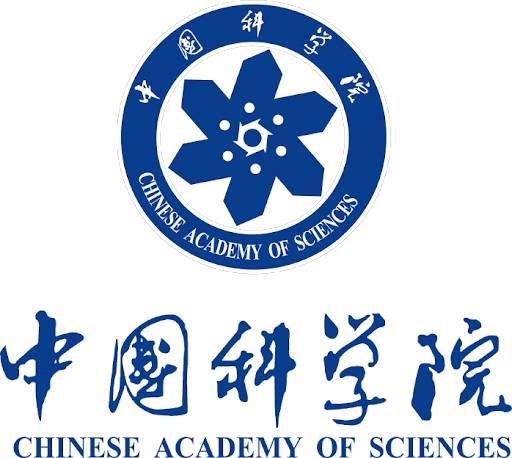
Die Chinesische Akademie der Wissenschaften, früher auch bekannt als Academia Sinica (chin. 中國科學院 / 中国科学院, Zhōngguó Kēxuéyuàn, engl. Chinese Academy of Sciences (Abk. CAS)), ist die nationale Akademie für Naturwissenschaften der Volksrepublik China. Sie ist dem Staatsrat der Volksrepublik China unterstellt. Sie wurde im November 1949 gegründet und hat ihren Sitz in Peking mit zahlreichen Instituten in ganz China.
Die Chinesische Akademie der Wissenschaften hat fünf Abteilungen:
- I. Mathematik,
- II. Physik,
- III. Chemie,
- IV. Geowissenschaften und
- V. Technologie.
Weiter gliedert sich die Akademie in zwölf Zweigstellen in Shenyang, Changchun, Shanghai, Nanking, Wuhan, Guangzhou, Chengdu, Kunming, Xi'an, Lanzhou und in Xinjiang. Die Chinesische Akademie der Wissenschaften hat 84 Institute, eine Universität (die Chinesische Universität der Wissenschaften und Technik in Hefei, Anhui), zwei Colleges, vier Dokumentations- und Informationszentren, drei Zentren für technologischen Support und zwei Editionseinheiten. Diese Zweigstellen und Büros der Chinesischen Akademie der Wissenschaften befinden sich in zwanzig Provinzen und regierungsunabhängigen Städten Chinas. Die Chinesische Akademie der Wissenschaften hat in acht Industriezweigen über 430 Hochtechnologie-Unternehmen ausgestattet oder geschaffen. Acht dieser Gesellschaften sind börsennotiert.
中国科学院[注 1],又简称中科院、科学院[4],是中华人民共和国科学技术方面的最高学术机构,全国自然科学与高新技术综合研究发展中心,为正部级国务院直属事业单位[5],于1949年11月在北京成立。1977年5月,哲学社会科学学部独立为中国社会科学院,1994年,在技术科学部的基础上及国家科委的支持下,成立中国工程院。
中国科学院与中国工程院并称“两院”。发展至今,中科院下设6个学部(数学物理学部、化学部、生命科学和医学学部、地学部、信息技术科学部、技术科学部),以及12个分院(北京、沈阳、长春、上海、南京、武汉、广州、成都、昆明、西安、兰州、新疆)、84个研究院所、2所大学、2所学院、4个文献情报中心、3个技术支撑机构和2个新闻出版单位,分布在全国20多个省(市)。此外,还投资兴办了430余家科技型企业(含转制单位),涉及11个行业,其中包括8家上市公司。此外,中国科学院还拥有(含与其他单位共建)4个国家实验室、85个国家重点实验室和153个中国科学院重点实验室。
管理有承担中科院各分院、研究所及大学的网络互联的中国科技网互联网骨干网。

 IT-Times
IT-Times
 Astronomy
Astronomy

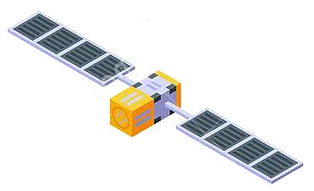
 Aerospace
Aerospace